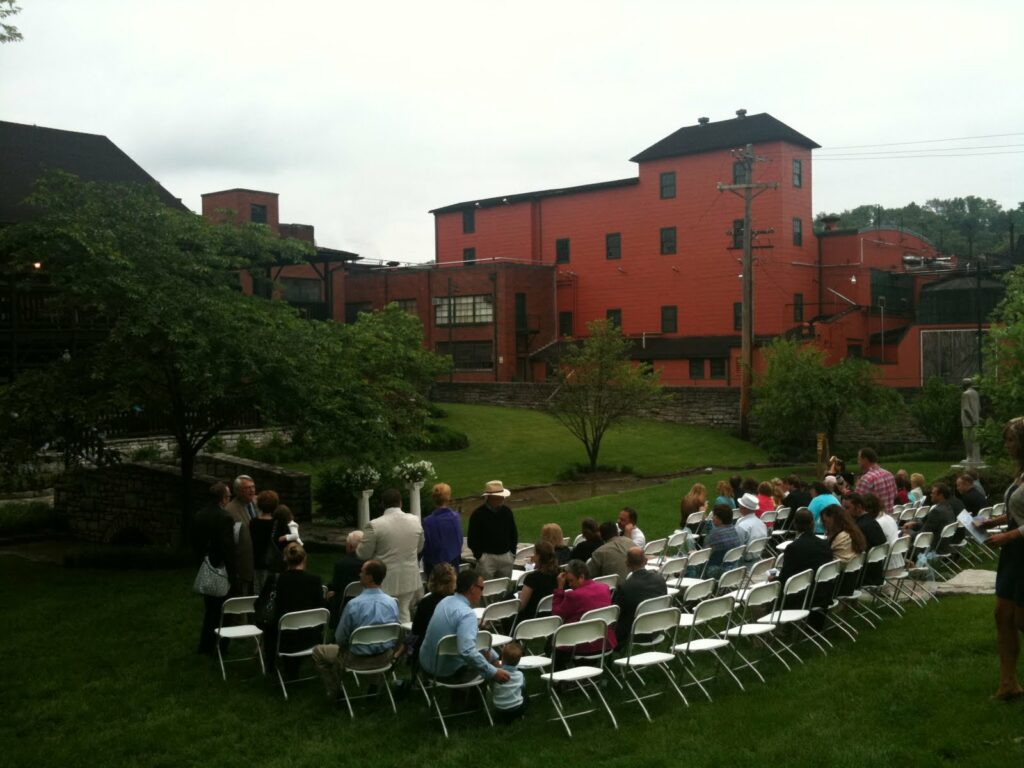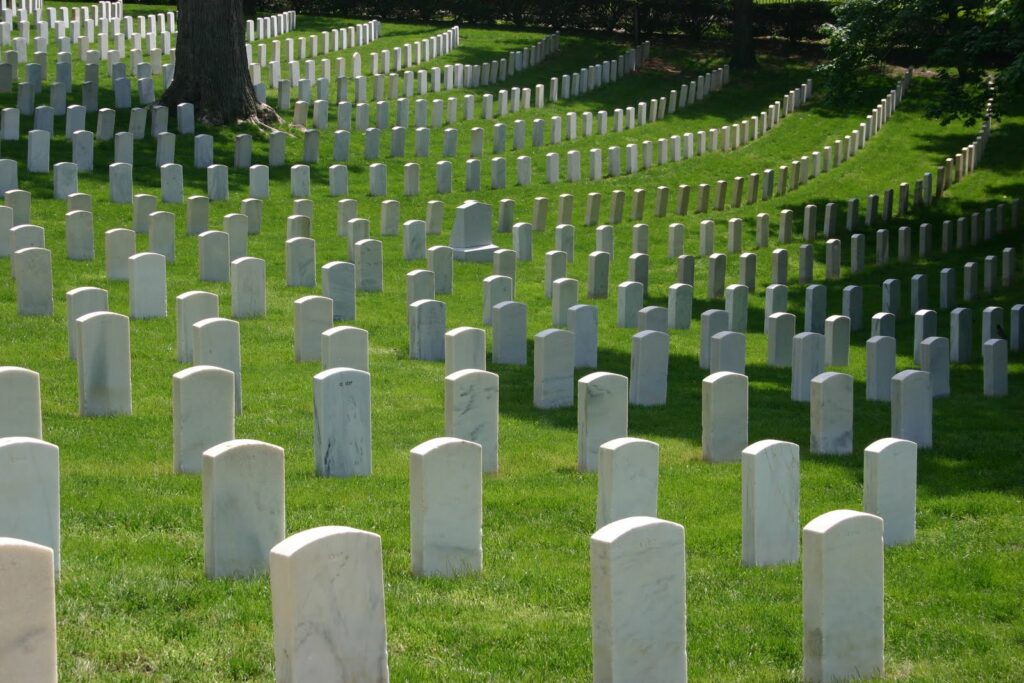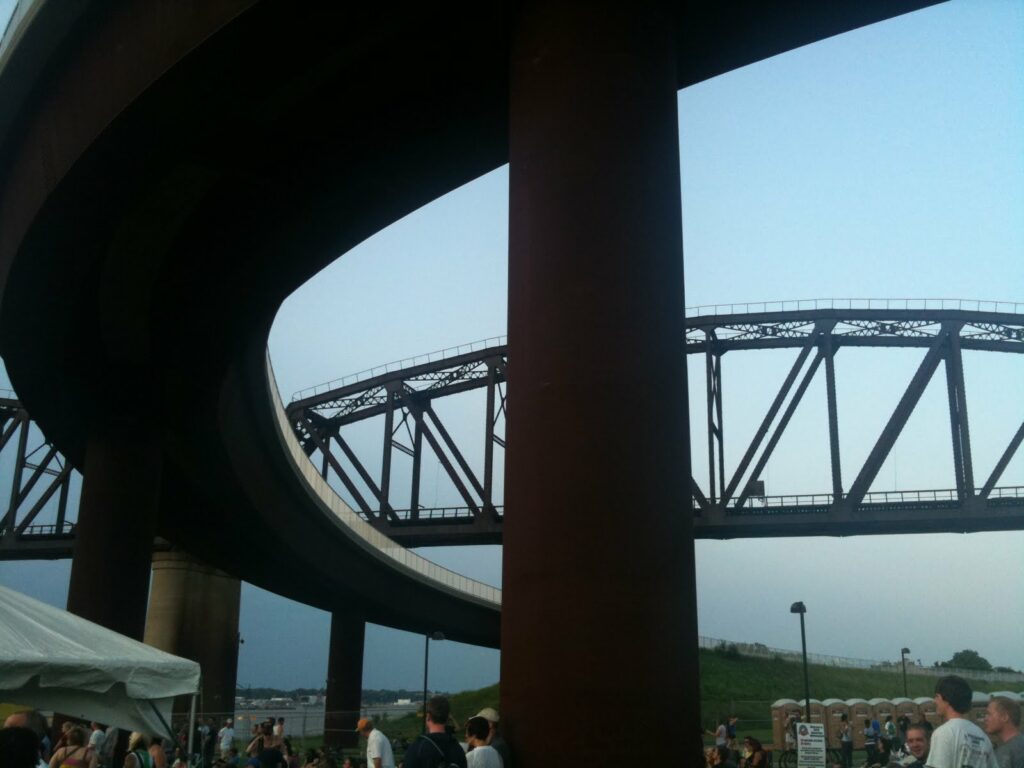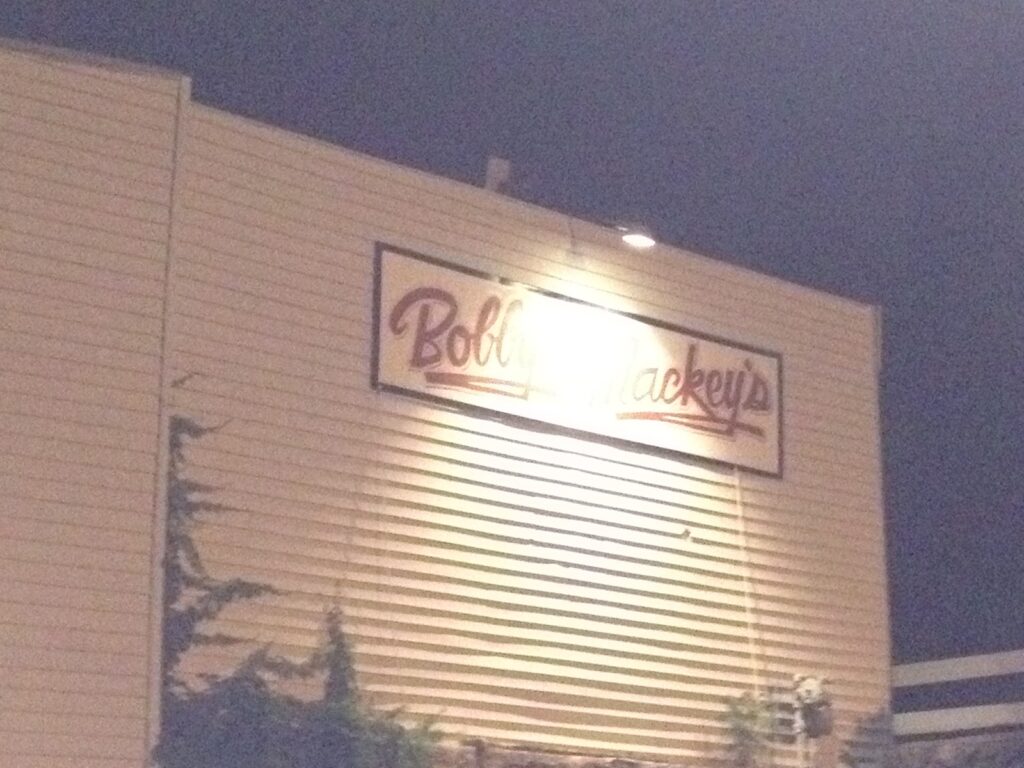 |
| Bobby Mackey’s Music World – Wilder, Ky. |
For those of you who have frequently read this blog, you are no doubt aware that Kentucky is a unique place. What you might not know is just how unique Kentucky is. This uniqueness dates back to even prehistoric times when even the Native Americans recognized that there was something a little bit different about this place. Native American groups didn’t really live in what is now Kentucky – it was a highly fought-over hunting ground. When settlers first arrived, they were warned by the natives that Kentucky was a “dark and bloody ground.”
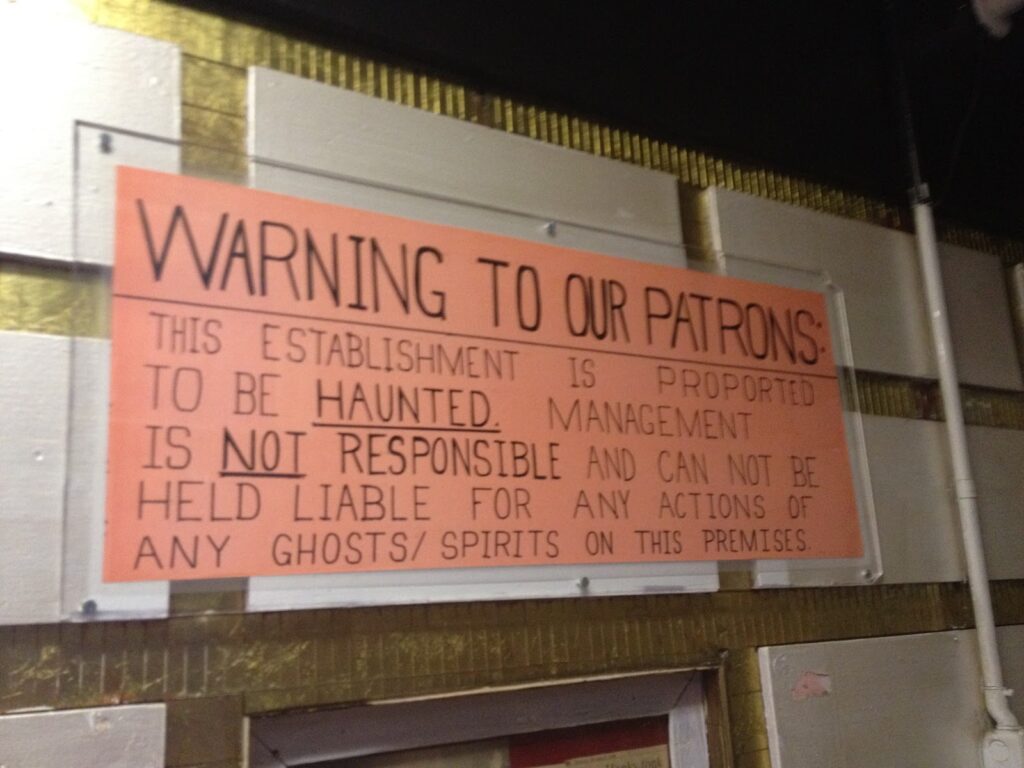 In recent years, there has been an uptick in interest in all things “paranormal.” This increase in interest has been beneficial for quite a few businesses and landmarks all over the country, as haunted places have become popular tourist destinations. Perhaps as a result of its “dark and bloody” history, Kentucky has more than its fair share of paranormal destinations, including Waverly Hills Sanatorium in Louisville (which will be the subject of its own post no doubt) and Bobby Mackey’s Music World in Wilder, the self proclaimed “Most Haunted Nightclub in America.” Bobby Mackey’s has been visited by a number of now-popular ghost hunter TV shows (Ghost Hunters, Ghost Adventures, etc.), and has been able to capitalize on its dark and disturbing legendary history.
In recent years, there has been an uptick in interest in all things “paranormal.” This increase in interest has been beneficial for quite a few businesses and landmarks all over the country, as haunted places have become popular tourist destinations. Perhaps as a result of its “dark and bloody” history, Kentucky has more than its fair share of paranormal destinations, including Waverly Hills Sanatorium in Louisville (which will be the subject of its own post no doubt) and Bobby Mackey’s Music World in Wilder, the self proclaimed “Most Haunted Nightclub in America.” Bobby Mackey’s has been visited by a number of now-popular ghost hunter TV shows (Ghost Hunters, Ghost Adventures, etc.), and has been able to capitalize on its dark and disturbing legendary history.
The community of Wilder sits along the Licking River, just south of Newport. When you enter the club, the sign above greets you, to let you know that your experience in this club might be a little bit different. Inside the club, you’re greeted with the sights and sounds of any country/western bar. There’s a nice size stage, and even a mechanical bull. Off to the side of the bar is a gift shop that contains the normal stuff you might see at a destination bar – t-shirts, shot glasses … and ghost hunting materials.
The history of Bobby Mackey’s is mostly culled from legend, and further reading can be found at both Bobby Mackey’s website and in Jeffrey Scott Holland’s excellent book, Weird Kentucky: Your Travel Guide to Kentucky’s Local Legends and Best Kept Secrets .
.
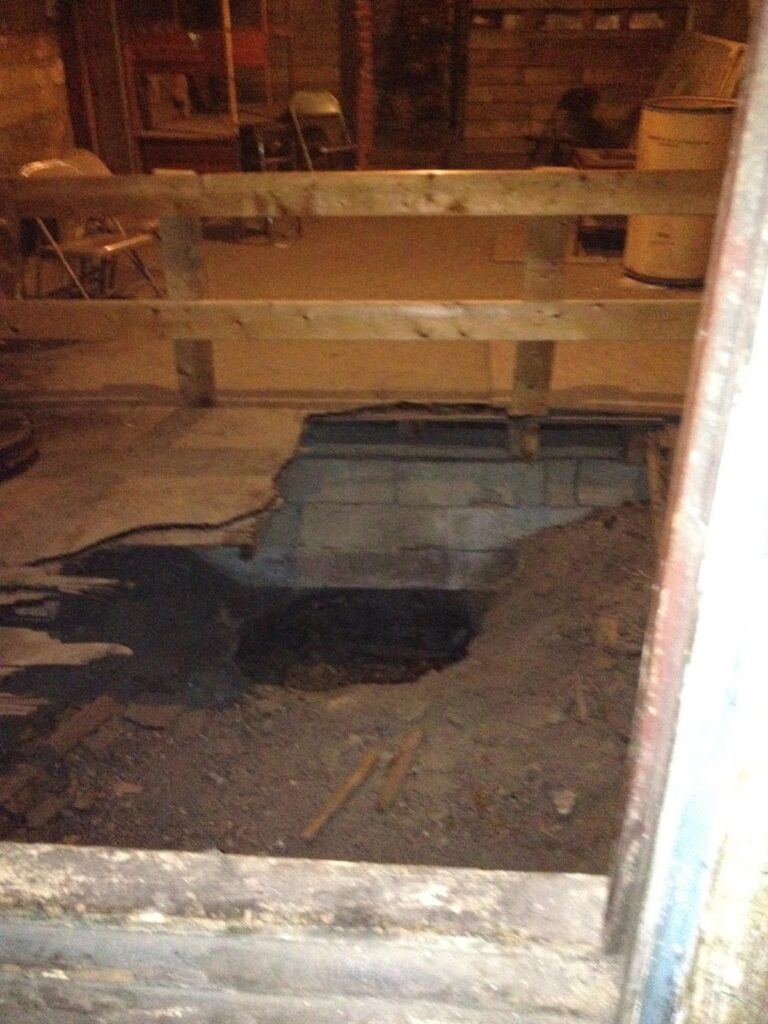 |
| Gateway to Hell |
According to legend, Bobby Mackey’s contains a “gateway to hell” which was created due to occult activity on the site. According to local legend, the site was originally the site of a slaughterhouse, and the well on-site was used to dump blood and remains into the Licking River to the west. This dumping of blood attracted the local occult and Satanic groups, which began to use the site for rituals. The story of Pearl Bryan then enters into the legend. Pearl Bryan was a 22-year old pregnant woman whose decapitated body was found near Ft. Thomas, Kentucky in 1896. Two men were tried and convicted of her murder Campbell County, and eventually both were hanged. Her sad story is pretty complicated and perhaps too disturbing for these pages, but a full account can be found here. Their trial, however, revealed the presence of Satanic groups in the area, and it is alleged that her head (which was never found) was used in a ritual at the site of the well. This well remains and is pictured at left. Allegedly, Pearl is among those who haunts the site.
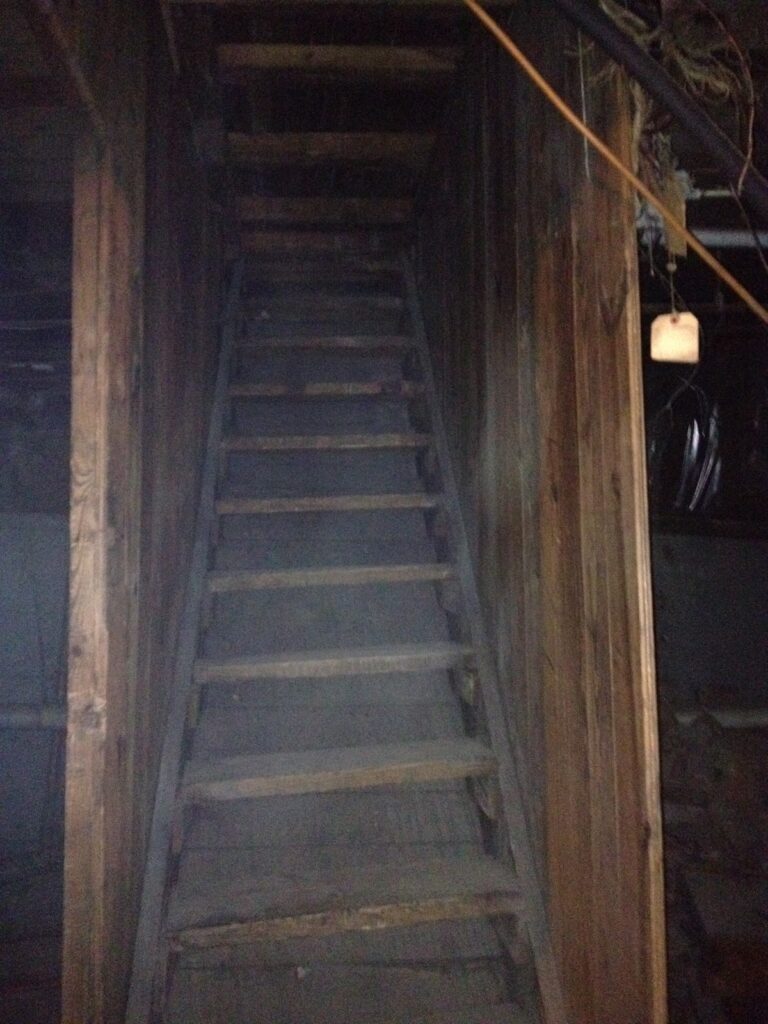 |
| Stairway to No Where |
Bobby Mackey’s more recent history is closely tied to the history of Newport. As recently as a few decades ago, Newport was a pretty rough place with a significant organized crime presence. The site has for the last hundred years or so been a nightclub under a number of different owners and names. The site’s bootlegging and speakeasy history is still visible in the basement with this “stairway to no where” which sits right next to the “gateway to hell.” This stairwell was used to secretly ferry people and supplies in and out of the club during prohibition years. The basement also contains a crude jail cell, and a concrete room that allegedly is soundproof, and was the site of some pretty nasty face to face questioning sessions.
Another alleged spirit in the club is Johanna, a dancer who committed suicide by poisoning herself backstage after her father murdered her lover, who was a singer at the club. Johanna’s rose-scented perfume can allegedly be detected in different spots all over the site.
My experiences at Bobby Mackey’s were relatively uneventful, but it was still a really amazing place to visit – if just for its vivid representations of the recent shady past of this area of northern Kentucky. If you’re a paranormal junky, it’s a must see.


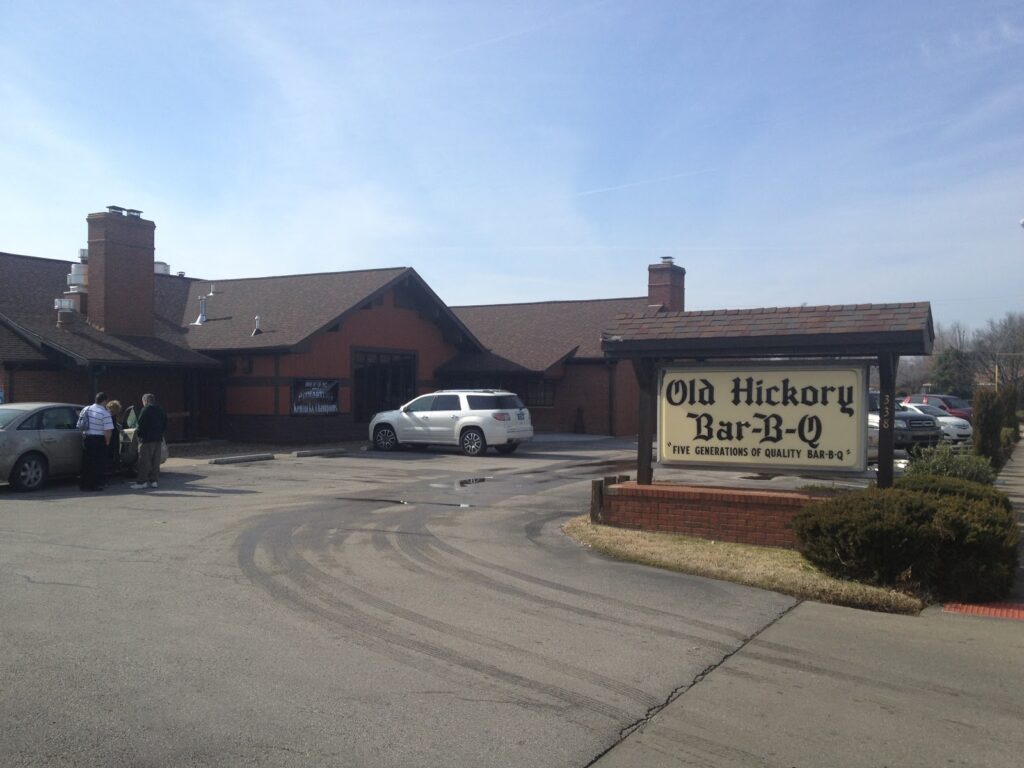




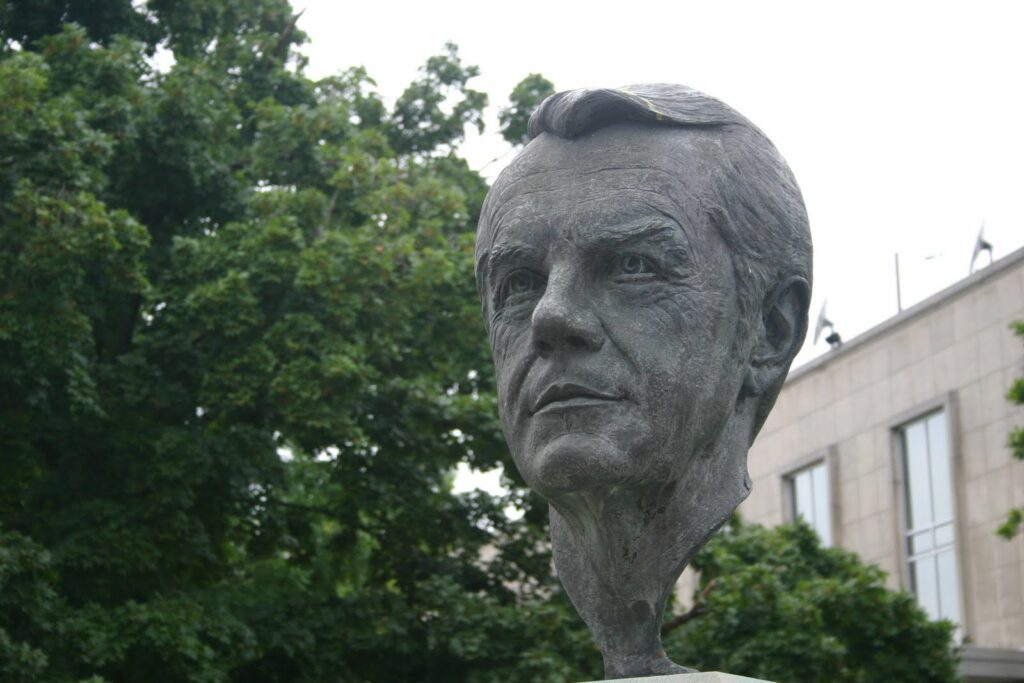
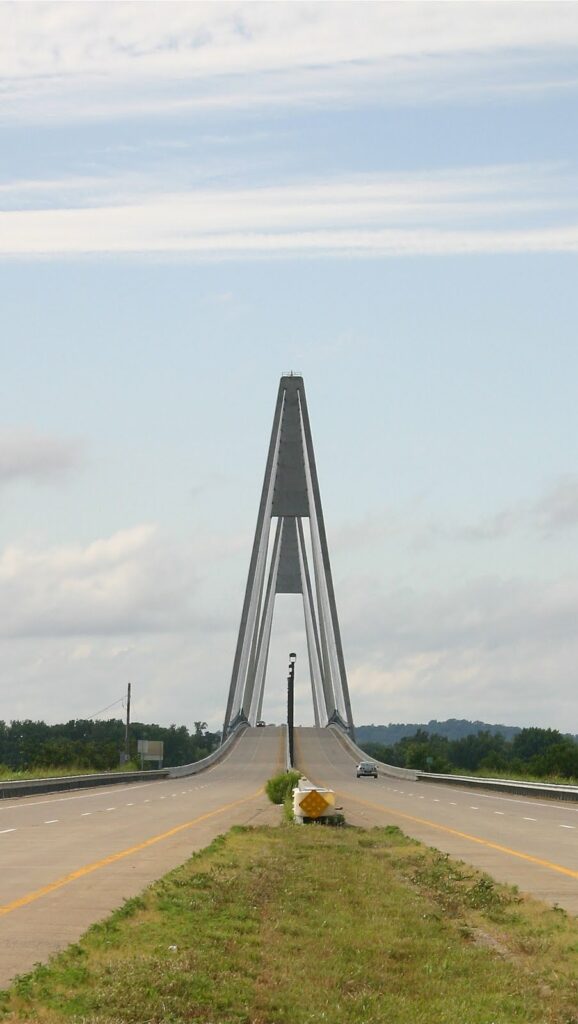
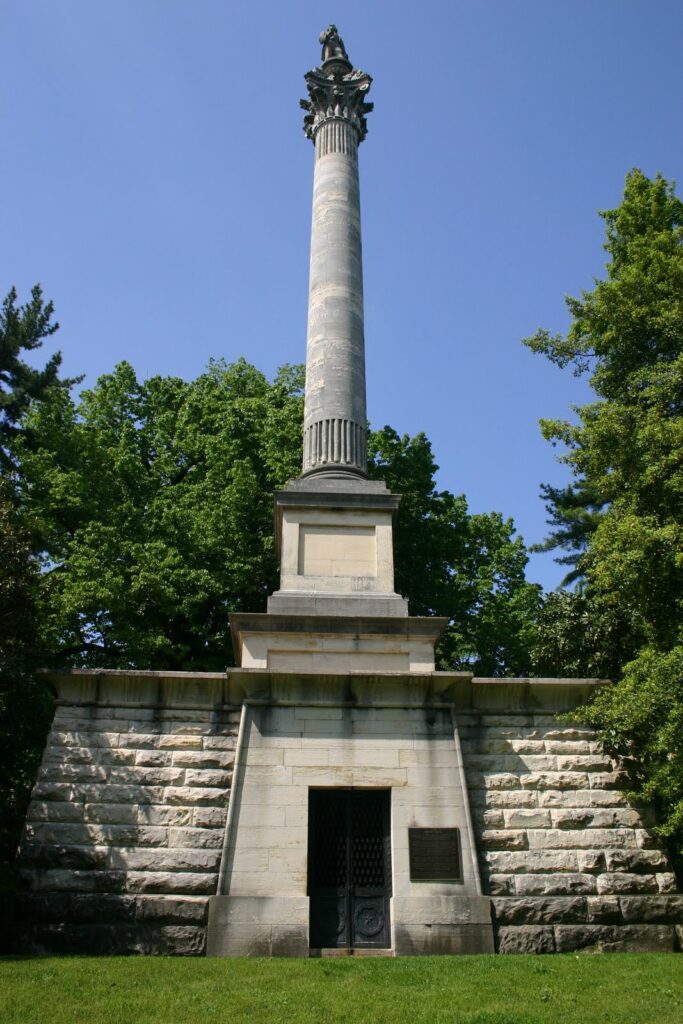
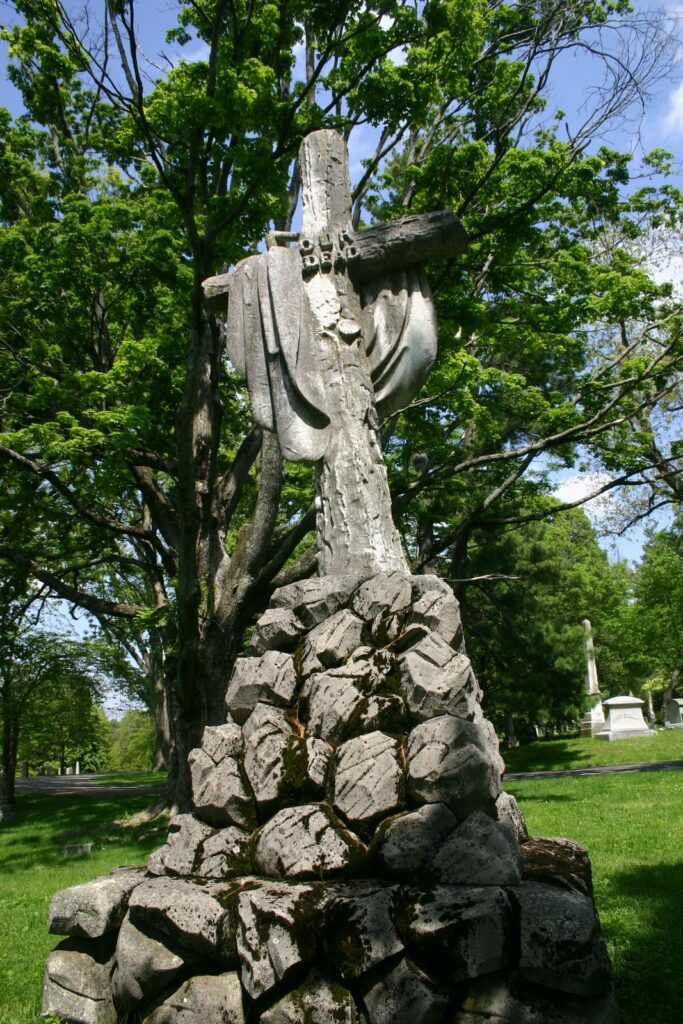
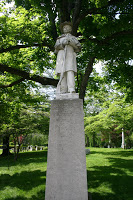 First, the
First, the 